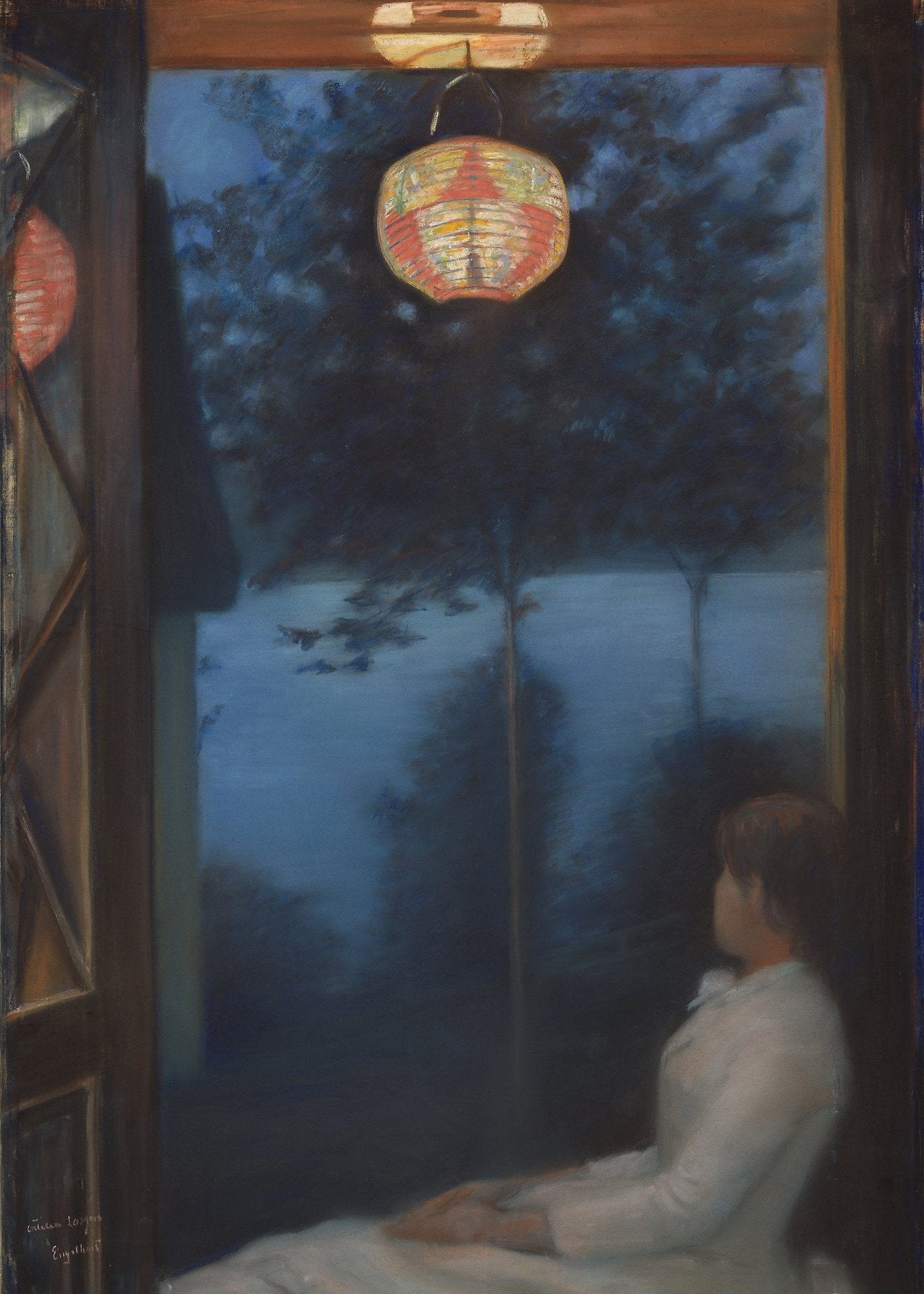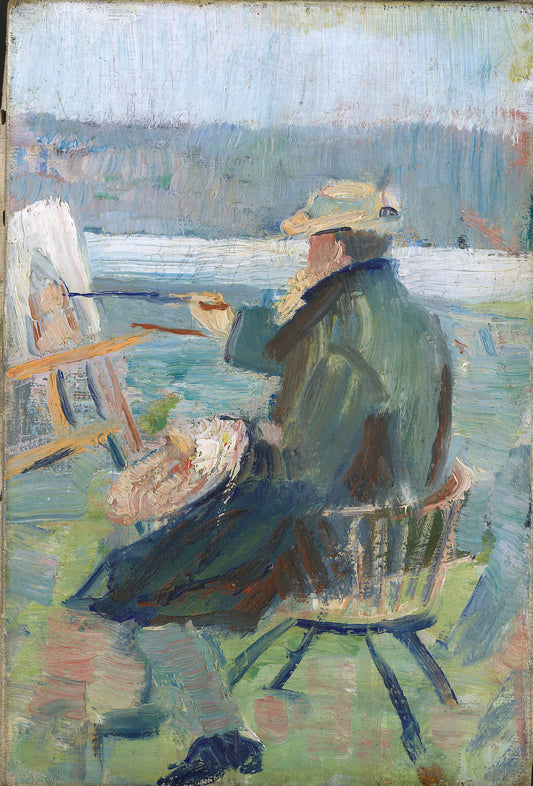Oda Krohg
Japanese lantern
Japanese lantern
Couldn't load pickup availability
Posers by DAIDDA has been developed in collaboration with the National Museum. By using the National Museum's high-resolution image files, we produce posters that reproduce all the details and structures of the artworks. Posters by DAIDDA offers an image quality that surpasses traditional CMYK printed posters.
About the original:
Date: 1886
Other titles: A Japanese Lantern (ENG)
Designation:
Painting
Material and technique: Pastel on canvas
Technique:
Pastel
Material:
Canvas
Goal:
H 1007 x W 675 mm
Subject words:
Visual arts
Classification:
532 - Visual arts
Acquisition: Gift from Olaf Schou 1909
Inventory no.: NG.M.00879
Part of exhibition: Art 3. Works from the collection 1814-1950, 2007 - 2011
The dance of life. The collection from antiquity to 1950, 2011 - 2019
Japanomania in the Nordic countries 1875 - 1918, 2016
Registration level: Single object
Owner and collection: The National Museum of Art, Architecture and Design, Visual Art Collections
Photo: Børre Høstland/Lathion, Jacques

See all works
-
Japanese lantern
Vendor:Oda KrohgRegular price From 150,00 NOKRegular priceUnit price per -
A subscriber to Aftenposten
Vendor:Oda KrohgRegular price From 150,00 NOKRegular priceUnit price per -
Christian at the easel
Vendor:Oda KrohgRegular price From 150,00 NOKRegular priceUnit price per

Oda Krohg
Oda Krohg was a Norwegian visual artist born in 1860 in Åsgårdstrand and died in 1935 in Oslo. She was an independent woman who broke the norms and rules of her time, got divorced, had children out of wedlock, and chose artistic education.
Oda was a student of the established artist Christian Krohg, who later became her husband. She painted several portraits, including of women's advocate Margrethe Vullum and Aasta Hansteen. Oda Krohg came from an intellectual bourgeois family in Christiania, where all the sisters received schooling in artistic activities such as music, needlework and visual arts. She was criticized for having only one formal art education with Christian Krohg, but nevertheless she inspired many and was used as a model for other artists and as a literary character.
Oda Krohg was a fearless woman who took part in discussions about social conditions, and she was part of the so-called Kristiania bohemian, a movement that asked questions about contemporary double standards and unfair class systems. Oda was portrayed and used as a model for others in the visual arts. You will also find her as a literary character. Hans Jæger's character Vera in the trilogy Sick Love, Confessions and Prison and Despair has many features in common with Oda Krohg. She may also have been the inspiration for Thora in Jappe Nilssen's novel Nemesis and Sigbjørn Obstfelder's Rebekka in Korset. Gunnar Heiberg, with whom Oda lived in the years 1897–1902 in Paris, may have used her as a model for Julie in The Balcony and Karen in The Tragedy of Love. Oda and Christian forever and always <3 After the relationship with Heiberg ended, Oda and Christian Krohg got back together, and Christian painted several portraits of his loved one. Previously, he had painted one of the most beautiful portraits in Norwegian art history: the painter Oda Krohg. A woman beaming, with a big smile, wearing a red blouse and her hair falling loosely down her shoulders. This is the woman Krohg was so in love with!




